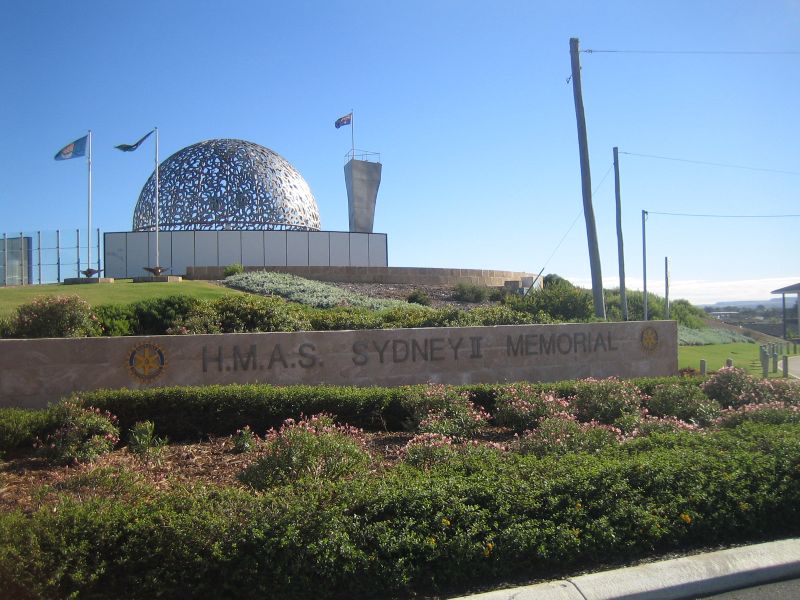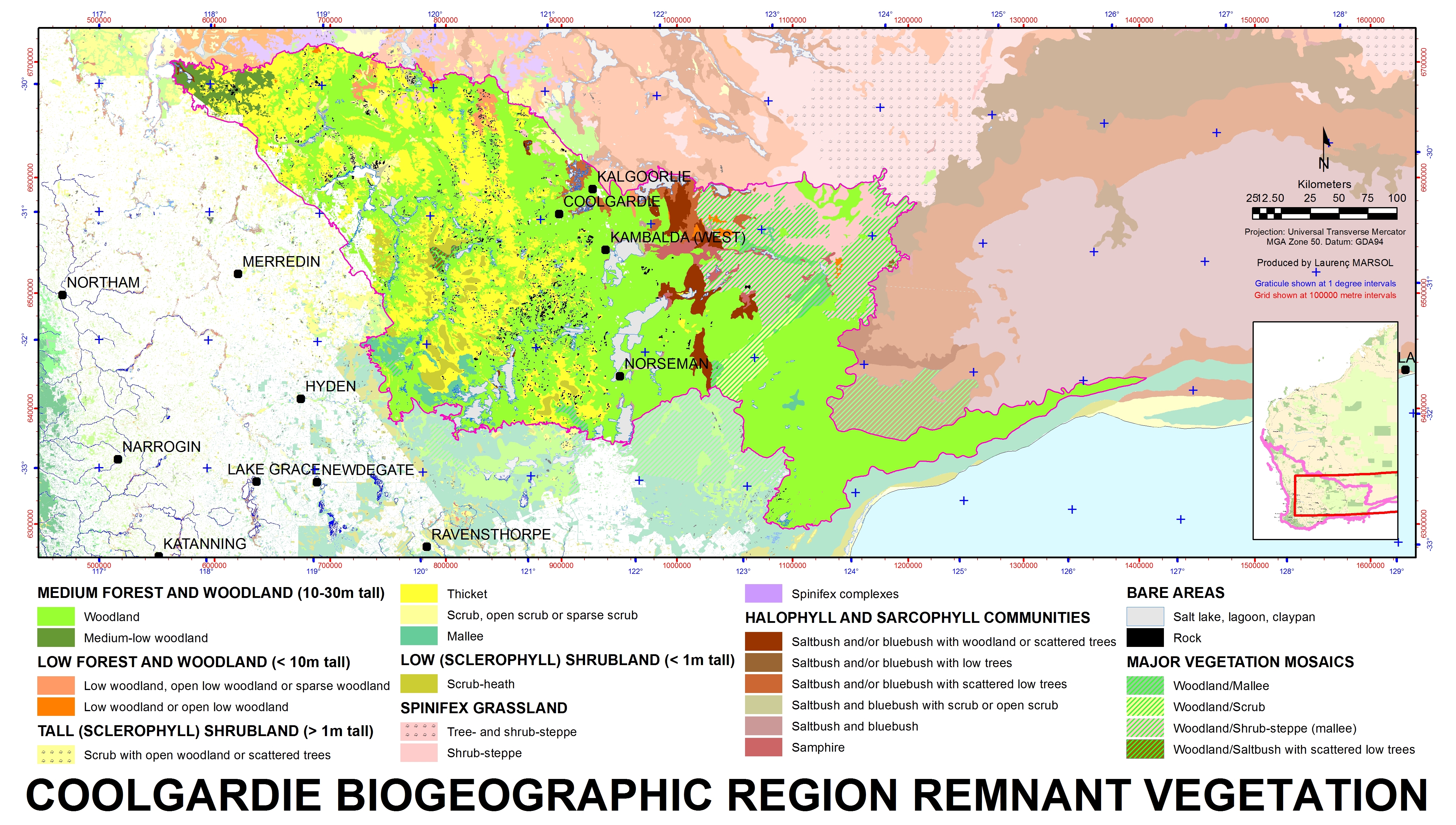|
Pimelea Sulphurea
''Pimelea sulphurea'', commonly known as yellow banjine, is a species of flowering plant in the family Thymelaeaceae and is endemic to the south-west of Western Australia. It is an erect, spindly or open shrub with narrowly elliptic to more or less round leaves, and compact heads of pendulous, yellow flowers surrounded by 3 or more pairs of green to yellowish involucral bracts. Description ''Pimelea sulphurea'' is an erect, spindly or open shrub that typically grows to a height of and has glabrous stems. The leaves are arranged in opposite pairs and are narrowly elliptic to more or less round, long, wide and more or less sessile. Both sides of the leaves are the same shade of green and glabrous. The flowers are usually bisexual and borne in compact, pendulous clusters of many more or less glabrous yellow flowers, surrounded by 3 or more pairs of narrowly elliptic to round involucral bracts and wide. The bracts are green or yellowish and hairy on the insde surface. The flora ... [...More Info...] [...Related Items...] OR: [Wikipedia] [Google] [Baidu] |
Australian Plant Census
The Australian Plant Census (APC) provides an online interface to currently accepted, published, scientific names of the vascular flora of Australia, as one of the output interfaces of the national government Integrated Biodiversity Information System (IBIS – an Oracle Co. relational database management system). The Australian National Herbarium, Australian National Botanic Gardens, Australian Biological Resources Study and the Council of Heads of Australasian Herbaria coordinate the system. The Australian Plant Census interface provides the currently accepted scientific names, their synonyms, illegitimate, misapplied and excluded names, as well as state distribution data. Each item of output hyperlinks to other online interfaces of the information system, including the Australian Plant Name Index (APNI) and the Australian Plant Image Index (APII). The outputs of the Australian Plant Census interface provide information on all native and naturalised vascular plant taxa ... [...More Info...] [...Related Items...] OR: [Wikipedia] [Google] [Baidu] |
Malvales Of Australia
The Malvales are an order of flowering plants. As circumscribed by APG II-system, the order includes about 6000 species within 9 families. The order is placed in the eurosids II, which are part of the eudicots. The plants are mostly shrubs and trees; most of its families have a cosmopolitan distribution in the tropics and subtropics, with limited expansion into temperate regions. An interesting distribution occurs in Madagascar, where three endemic families of Malvales (Sphaerosepalaceae, Sarcolaenaceae and Diegodendraceae) occur. Many species of Malvaceae ''sensu lato'' are known for their wood, with that of '' Ochroma'' (balsa) being known for its lightness, and that of ''Tilia'' (lime, linden, or basswood) as a popular wood for carving. Fruit of the cacao tree (''Theobroma cacao'') are used as an ingredient for chocolate. Kola nuts (genus ''Cola'') are notable for their high content of caffeine and, in past, were commonly used for preparing of various cola drinks. Other ... [...More Info...] [...Related Items...] OR: [Wikipedia] [Google] [Baidu] |
Pimelea
''Pimelea'', commonly known as rice flowers, is a genus of plants belonging to the Family (biology), family Thymelaeaceae. There are about 150 species, including 110 in Australia and thirty six in New Zealand. Description Plants in the genus ''Pimelea'' are Herbaceous plant, herbs or small shrubs usually with leaves arranged in opposite pairs. The leaves are usually paler on the lower surface and the Petiole (botany), petiole is usually very short. The flowers are usually arranged in groups on the ends of the branches and have no petals but four petal-like sepals and two stamens. The Ovary (botany), ovary has a single ovule and the fruit is usually a Nut (fruit), nut containing a single seed. Taxonomy and naming The genus ''Pimelea'' was first formally described in 1788 by Joseph Gaertner from unpublished descriptions by Joseph Banks and Daniel Solander. The first species Gaertner described was ''Pimelea laevigata'', now known as ''Pimelea prostrata''. The name ''Pimelea'' is ... [...More Info...] [...Related Items...] OR: [Wikipedia] [Google] [Baidu] |
Department Of Biodiversity, Conservation And Attractions (Western Australia)
The Department of Biodiversity, Conservation and Attractions (DBCA) is the Western Australian government department responsible for managing lands and waters described in the ''Conservation and Land Management Act 1984'', the ''Rottnest Island Authority Act 1987'', the ''Swan and Canning Rivers Management Act 2006'', the ''Botanic Gardens and Parks Authority Act 1998'', and the ''Zoological Parks Authority Act 2001'', and implementing the state's conservation and environment legislation and regulations. The Department reports to the Minister for Environment and the Minister for Tourism. DBCA was formed on 1 July 2017 by the merger of the Department of Parks and Wildlife (DPaW), the Botanic Gardens and Parks Authority, the Zoological Parks Authority and the Rottnest Island Authority. The former DPaW became the Parks and Wildlife Service. Status Parks and Wildlife Service The Formerly the Department of Parks and Wildlife, the Parks and Wildlife Service has management responsibi ... [...More Info...] [...Related Items...] OR: [Wikipedia] [Google] [Baidu] |
Swan Coastal Plain
The Swan Coastal Plain in Western Australia is the geographic feature which contains the Swan River as it travels west to the Indian Ocean. The coastal plain continues well beyond the boundaries of the Swan River and its tributaries, as a geological and biological zone, one of Western Australia's Interim Biogeographic Regionalisation for Australia (IBRA) regions.IBRA Version 6.1 data It is also one of the distinct physiographic provinces of the larger West Australian Shield division. Location and description The coastal plain is a strip on the Indian Ocean coast directly west of the[...More Info...] [...Related Items...] OR: [Wikipedia] [Google] [Baidu] |
Mallee Bioregion
Mallee, also known as Roe Botanical District, is a biogeographic region in southern Western Australia. Located between the Esperance Plains, Avon Wheatbelt and Coolgardie bioregions, it has a low, gently undulating topography, a semi-arid mediterranean climate, and extensive ''Eucalyptus'' mallee vegetation. It has an area of . About half of the region has been cleared for intensive agriculture. Recognised as a region under the Interim Biogeographic Regionalisation for Australia (IBRA), it was first defined by John Stanley Beard in 1980. Geography and geology The Mallee region has a complex shape with tortuous boundaries, but may be roughly approximated as the triangular area south of a line from Bruce Rock to Eyre, but not within 40 kilometres (25 mi) of the south coast, except at its eastern limits. It has an area of about 79000 square kilometres (31000 mi²), making it about a quarter of the South West Botanic Province, 3% of the state, and 1% of Australia. It ... [...More Info...] [...Related Items...] OR: [Wikipedia] [Google] [Baidu] |
Jarrah Forest
Jarrah forest is tall open forest in which the dominant overstory tree is '' Eucalyptus marginata'' (jarrah). The ecosystem occurs only in the Southwest Botanical Province of Western Australia Western Australia (commonly abbreviated as WA) is a state of Australia occupying the western percent of the land area of Australia excluding external territories. It is bounded by the Indian Ocean to the north and west, the Southern Ocean to .... It is most common in the biogeographic region named in consequence Jarrah Forest. Most jarrah forest contains at least one other co-dominant overstory tree; association with '' Corymbia calophylla'' is especially common, and results in which is sometimes referred to as jarrah-marri forest. Considerable amount of research delineates northern, central and southern jarrah forestStrelein, G. J. (1988) ''Site classification in the Southern jarrah forest of Western Australia'' Como, W.A. Dept. of Conservation and Land Management, Western Austral ... [...More Info...] [...Related Items...] OR: [Wikipedia] [Google] [Baidu] |
Geraldton Sandplains
Geraldton ( Wajarri: ''Jambinu'', Wilunyu: ''Jambinbirri'') is a coastal city in the Mid West region of the Australian state of Western Australia, north of the state capital, Perth. At June 2018, Geraldton had an urban population of 37,648. Estimated resident population, 30 June 2018. Geraldton is the seat of government for the City of Greater Geraldton, which also incorporates the town of Mullewa, Walkaway and large rural areas previously forming the shires of Greenough and Mullewa. The Port of Geraldton is a major west coast seaport. Geraldton is an important service and logistics centre for regional mining, fishing, wheat, sheep and tourism industries. History Aboriginal Clear evidence has established Aboriginal people living on the west coast of Australia for at least 40,000 years, though at present it is unclear when the first Aboriginal people reached the area around Geraldton. The original local Aboriginal people of Geraldton are the Amangu people, with the N ... [...More Info...] [...Related Items...] OR: [Wikipedia] [Google] [Baidu] |
Esperance Plains
Esperance Plains, also known as Eyre Botanical District, is a biogeographic region in southern Western Australia on the south coast between the Avon Wheatbelt and Hampton bioregions, and bordered to the north by the Mallee region. It is a plain punctuated by granite and quartz outcrops and ranges, with a semi-arid Mediterranean climate and vegetation consisting mostly of mallee-heath and proteaceous scrub. About half of the region has been cleared for intensive agriculture. Recognised as a bioregion under the Interim Biogeographic Regionalisation for Australia (IBRA), it was first defined by John Stanley Beard in 1980. Geography and geology The Esperance Plains may be roughly approximated as the land within of the coast between Albany and Point Culver on the south coast of Western Australia. It has an area of about , making it about 9% of the South West Province, 1% of the state, and 0.3% of Australia. It is bounded to the north by the Mallee region, and to the wes ... [...More Info...] [...Related Items...] OR: [Wikipedia] [Google] [Baidu] |
Coolgardie Bioregion
Coolgardie is an Australian bioregion consisting of an area of low hills and plains of infertile sandy soil in Western Australia. It has an area of . It includes much of the Great Western Woodlands. Location and description This is a transition zone between the Mediterranean climate of Australia's south-west coast and the country's dry interior. The poor soil makes it unsuitable for agriculture but Coolgardie has been a gold and nickel mining area. It is bounded on the north by the arid Murchison bioregion, characterised by open Mulga woodlands and steppe. The low shrublands of the arid Nullarbor Plain lie to the east. The Mallee bioregion adjoins Coolgardie on the south. The Avon Wheatbelt bioregion is to the west. The Coolgardie bioregion, together with the coastal Hampton bioregion to the southeast, constitute the Coolgardie woodlands ecoregion defined by the World Wildlife Fund. Flora and fauna The low hills are home to woodland of endemic species of eucal ... [...More Info...] [...Related Items...] OR: [Wikipedia] [Google] [Baidu] |
Avon Wheatbelt
The Avon Wheatbelt is a bioregion in Western Australia. It has an area of . It is considered part of the larger Southwest Australia savanna ecoregion. Geography The Avon Wheatbelt bioregion is mostly a gently undulating landscape with low relief. It lies on the Yilgarn Craton, an ancient block of crystalline rock, which was uplifted in the Tertiary and dissected by rivers. The craton is overlain by laterite deposits, which in places have decomposed into yellow sandplains, particularly on low hills. Steep-sided erosional gullies, known as breakaways, are common. Beecham, Brett (2001). "Avon Wheatbelt 2 (AW2 - Re-juvenated Drainage subregion)" in ''A Biodiversity Audit of Western Australia’s 53 Biogeographical Subregions in 2002''. Department of Conservation and Land Management, Government of Western Australia, November 2001. Accessed 15 May 2022/ref> In the south and west (the Katanning subregion), streams are mostly perennial, and feed rivers which drain westwards to empty i ... [...More Info...] [...Related Items...] OR: [Wikipedia] [Google] [Baidu] |




